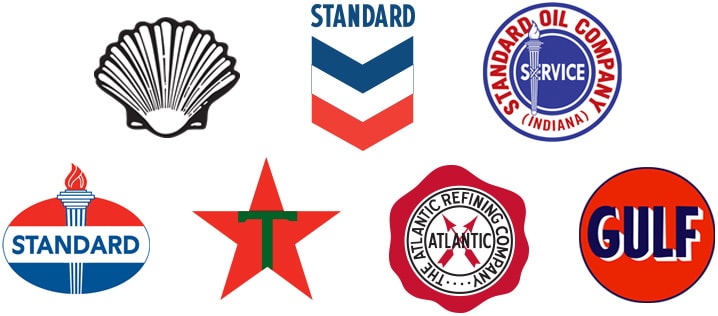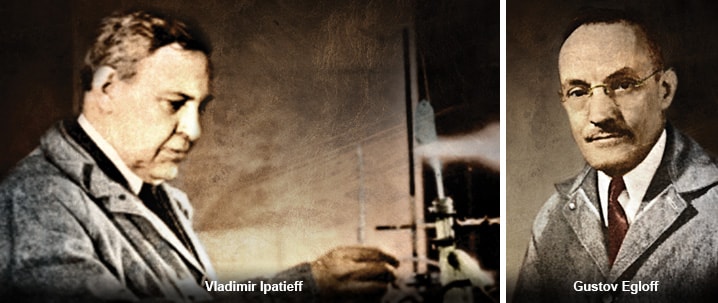Keep up with what’s new.
Connect with us on LinkedIn for news, insights and related topics.

In 1931, faced with an adverse judgment in favor of UOP, a consortium of defendants banded together to purchase UOP for $25 million. This consortium, the United Gasoline Corporation, was jointly controlled by the Shell Oil Company and Standard Oil Company of California (present-day Chevron), and later included the Standard Oil Company of Indiana (later Amoco, and now BP), Standard Oil Company of New Jersey (Esso, now ExxonMobil), The Texas Company (Texaco, now Chevron), the Atlantic Refining Company (ARCO, now part of Sunoco and BP) and Gulf Oil (also now part of Chevron).
To allay concerns over antitrust, UOP was obliged to continue its work with independent refiners, in effect, becoming the center of research for the entire industry. But for the major oil companies, the acquisition of UOP brought peace after 15 years of litigation.

Also in 1931, Vladimir Ipatieff joined UOP as head of research. Recruited by UOP’s chief chemist Gustav Egloff, Ipatieff was one of the world’s foremost chemical scientists. A former czarist general, Ipatieff was head of the Soviet Union’s chemical industry, but had become concerned that he would be engulfed in Stalinist purges that had claimed the lives of several several associates. Ipatieff was so close to Czar Nicholas II that the Russian royal family had been held under protective custody in his home in Yekaterinburg, only to be killed in Ipatieff’s basement by Bolshevik soldiers on July 17, 1918.
At UOP’s Riverside laboratory, Ipatieff tested his theories by constructing miniature refineries that could be scaled up a million times into to full refineries. The world’s foremost chemical engineers flocked to UOP for a chance to work with Ipatieff, who — like Edison and Einstein — came to be known by only his last name.
Connect with us on LinkedIn for news, insights and related topics.

Did you know that your internet browser is out of date?
Your browser is out of date, and may not be compatible with our website.
Just click on the icons to download a compatible browser.
By closing this window you acknowledge that your experience on this website may be degraded.